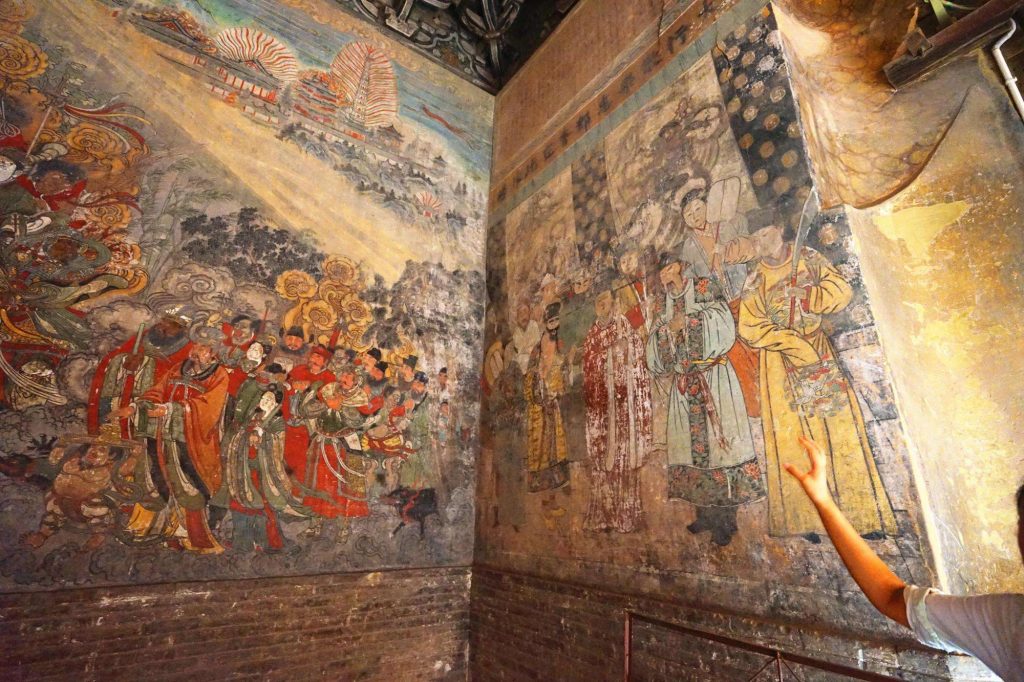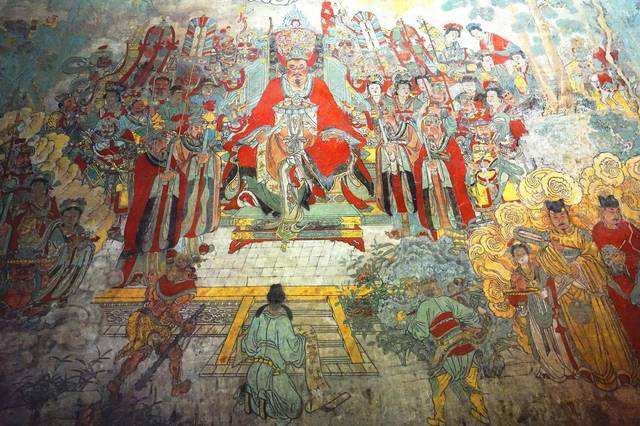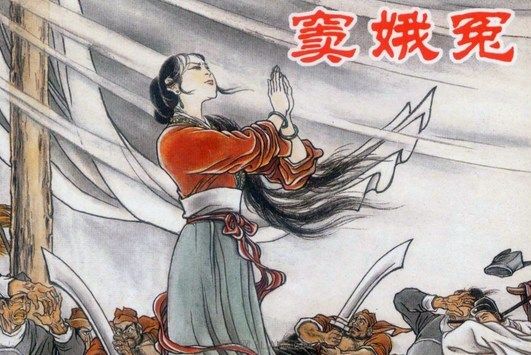Zaju of the Yuan dynasty and Nanxi of the Song and Yuan Dynasties
4 min readBy the Yuan dynasty traditional opera embraced its full boom with zaju as the representing art just as poems and lyrics earned its fame in the Tang and Song dynasties.
From the transition period of the Jin and Yuan dynasties to the mid-Ming dynasty, there emerged over 200 zaju playwrights with more than 600 scripts, bu only 160 scripts are extant today, many of which have become the treasures of Chinese literature. Usually the zaju playwrights had a diverse background, including frustrated literati, talents from book market, placemen of low rank, as well as figures from the upper-society. The development of zaju could be divided into three periods based on its playwrights. The first period is from the end of Jin dynasty to around 1300, with Dadu(“Great Capital”during the Yuan dynasty) as its creation center and Guan Hanqing, Wang Shifu as the best-known writers. The second period lasts from 1300 to around the fall of the Yuan dynasty while the center was transferred to Hangzhou, with Zheng Guangzu as the most renowned playwright. The last is the early Ming dynasty when zaju was rarely performed in marketplace but rather the amusing tool for the nobles.

Many plays from the first period reflect social reality of that time. Living in the lower-society, the playwrights were adept in discovering the good quality ofcommon people and prostitutes and had the courage to lash corrupt officials, the bully and local tyrants. The representing work of this kind is The Injustice of Dou E(also known as Snow in Midsummer) by Guan Hanqing. Some other plays draw historical stories, pay a tribute to heroes and objurgate fatuous emperor and traitor ministers with Lord Guan Goes to the Feast by Guan Hanqing as the masterpiece. There are also some works that preach Buddhism and Taoism with the stories of the immortal and Buddha with The Yellow-Millet Dream as an example. Itgives a tinge of sigh over life that was considered of no difference to a dream. However, the works of the later two periods are far inferior to that of the first Zaju is composed of “four folds and one wedge”in frame.”Fold”is because the scripts are written on foldable papers at that time with one fold for one act. In general, one play consists of four folds, withrarely five, six or two folds. There are several scenes in a fold with short interval between each. The original meaning of”wedge”is a small piece of wood chip which is clipped on the seam of carpentry. While in zaju, it means short and transitional scene. There is usually one wedge in one play. Sometimes there are two. They are most often performed at the beginning, occasionally between acts.
Zaju is featured with “four modes of music and single melody”.”Mode”refers to more than two cluster styles of different tunes. The same mode of music has to follow the same rhyme.”Wedge”usually uses single melody which could also be repeated sometimes. Usually only the leading actor sang in zaju, while the other characters sometimes may also sing but it is very rare.
Nanxi arose in as early as the Northern Song dynasty. Its development sees three phases.

The first phase rested in Wenzhou or otherwise known as the period of Yongjia.
The scripts of nanxi at the time were largely created collectively with Zhao the Chaste Maid and Number One Scholar Zhang Xie the best-known of the extant texts. The latter dramatizes the story of a young man named Zhang Xie who aspires to success and earns the title Number One Scholar in the imperial examination. On his way to the capital to take the exam, Zhang Xie meets a poor girl surnamed Wang. After they get married, Wang does her best to help Zhang Xie take the exam. However, Zhang Xie turns to be ingratitude to what Wang does after he wins the top honor. When the Minister knows of this, he decids to adopt the girl as his own daughter and latermarries her to Zhang Xie. The tragedies of successful husband who deserts his first wife were very popular at the time.
The second phase took place in the Southern Song dynasty when a great number of writers of zaju travelled to Hangzhou in the south of the country. With the reference drawn from zaju, Nanxi got more and more mature. The Moon Pavilion and Killing a Dog were all adapted from zaju. In tunes, it is also affected by zaju and there emerged the music system of “south-north integration”. What’s noteworthy is that some signed works rose at the time, such as The Moon Pavilion by Shi Hui The third phase was from the end of the Yuan to the early Ming dynasties, when nanxi became very popular in Southern China and began to spread beyond Jiangsu and Zhejiang. Nanxi performance could be seen in Jiangxi and Anhui then. The representative work of that time is The Story of Pipa by Gao Ming.

Unlike zaju, nanxi does not have “fold”, instead, it takes scene as the structure unit. The scene, which can be either long or short, is subject to no restrictions in numbers or lead singer. It can be over 20 or even 50 and all the actors have the chance to sing. The singing form includes solo, antiphonal singing, round singing, chorus and backstage singing accompaniment, and so on.








